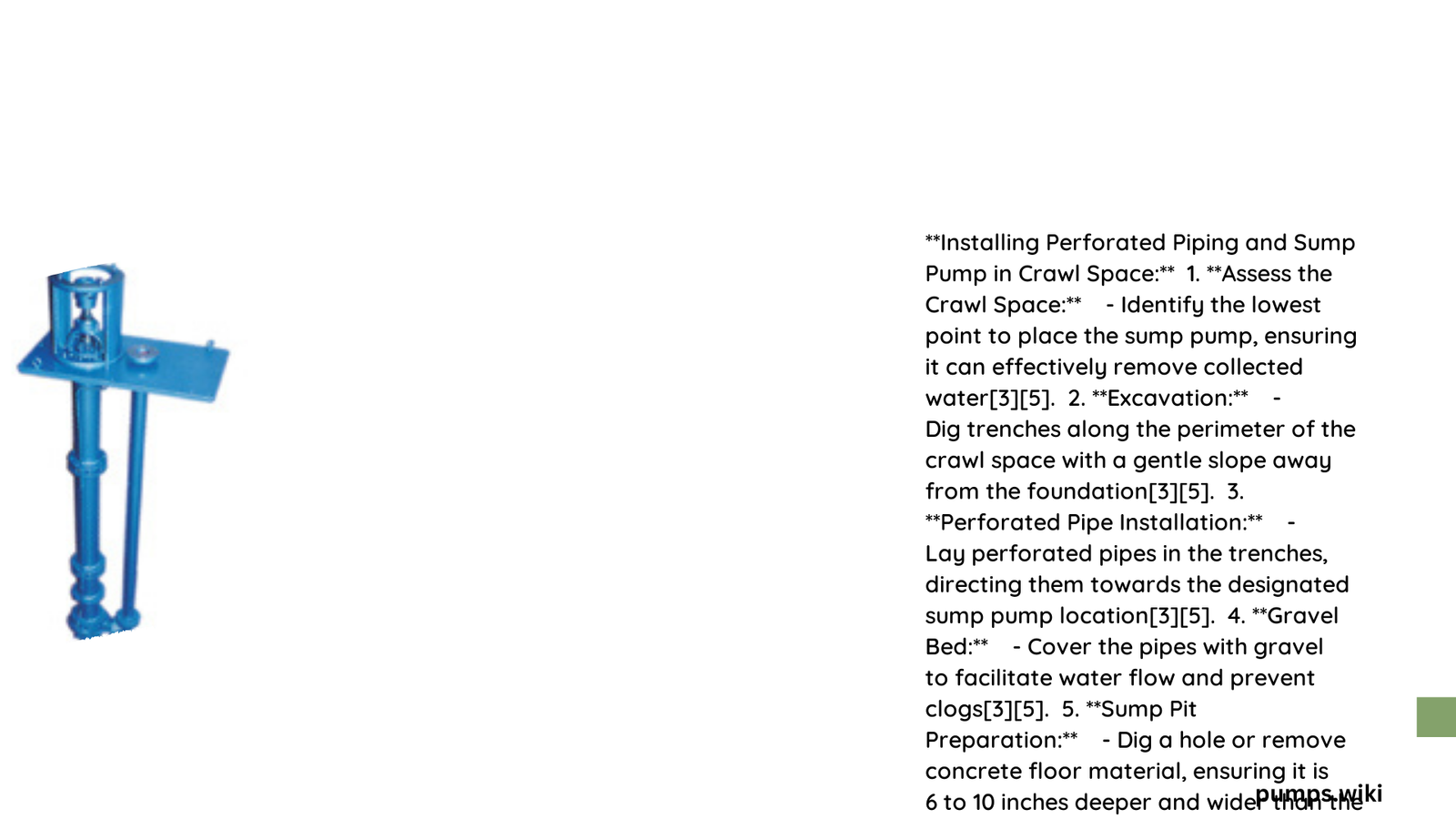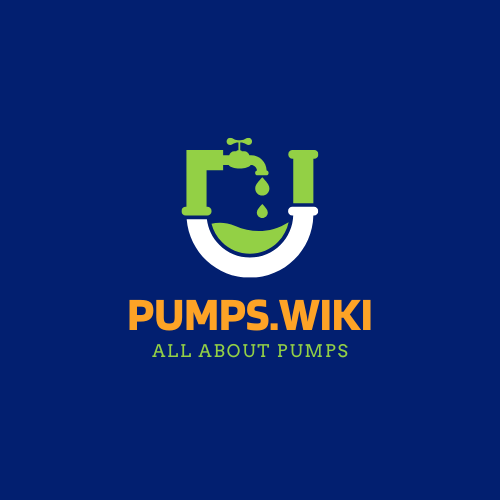Water accumulation in crawl spaces can lead to significant structural damage, mold growth, and compromised indoor air quality. Installing perforated piping and a sump pump provides a robust solution for managing groundwater, redirecting moisture, and maintaining a dry, healthy crawl space environment. This comprehensive guide will walk you through the critical steps, techniques, and considerations for successful installation.
Why Install Perforated Piping and Sump Pump in Crawl Space?
Crawl spaces are vulnerable to moisture intrusion, which can cause numerous problems:
- Structural Damage: Persistent moisture weakens wooden structures
- Mold Growth: Damp environments promote harmful fungal development
- Pest Infestation: Moisture attracts insects and rodents
- Reduced Property Value: Unaddressed water issues decrease home marketability
What Tools and Materials Will You Need?
| Tool/Material | Purpose | Recommended Type |
|---|---|---|
| Perforated Pipe | Water Collection | 4-inch PVC or Corrugated |
| Gravel | Drainage Base | Clean, Angular Stones |
| Sump Pump | Water Removal | Submersible, 1/3 HP Minimum |
| Shovel | Trenching | Heavy-Duty, Pointed |
| Level | Proper Grading | Laser or Carpenter’s Level |
How to Prepare the Crawl Space?

Assess the Current Drainage Conditions
Before installation, conduct a thorough assessment:
- Measure ground moisture levels
- Identify water entry points
- Check soil composition
- Determine water table depth
What Are the Initial Excavation Steps?
Trench Preparation
- Dig a perimeter trench 8-12 inches deep
- Maintain a consistent slope towards the sump pit
- Remove all organic debris and loose soil
- Compact the trench bottom for stability
How to Install Perforated Piping?
Pipe Placement Techniques
Critical Considerations:
– Position pipes with perforations facing downward
– Maintain 1-2% gradient for optimal drainage
– Use PVC for durability and smoother water flow
– Space pipes 6-8 feet apart in high-moisture areas
What Gravel Specifications Matter?
Recommended Gravel Characteristics:
– Size: 3/4 inch angular stones
– Clean, washed gravel
– Minimal clay or fine particle content
– Provides excellent drainage and stability
How to Select and Install a Sump Pump?
Pump Selection Criteria
Key Factors:
– Pump capacity (gallons per hour)
– Motor horsepower
– Battery backup options
– Automatic vs. manual activation
Sump Pit Installation
- Choose lowest crawl space point
- Dig pit 24 inches deep, 18 inches wide
- Line with gravel base
- Install perforated liner
- Position pump centrally
What Maintenance Practices Ensure Longevity?
Regular Inspection Checklist
- Check pump functionality quarterly
- Clean sump pit annually
- Inspect pipe connections
- Test backup battery systems
- Monitor discharge line for blockages
Cost Considerations
Estimated Investment:
– Materials: $500 – $1,500
– Professional Installation: $1,000 – $3,000
– Total Project Range: $1,500 – $4,500
Pro Tips for Success
- Use high-quality, schedule 40 PVC pipes
- Ensure proper electrical connections
- Consider professional consultation
- Obtain necessary permits
- Implement additional waterproofing measures
References:
– EPA Moisture Control Guide
– Building Science Moisture Management
– International Residential Code
